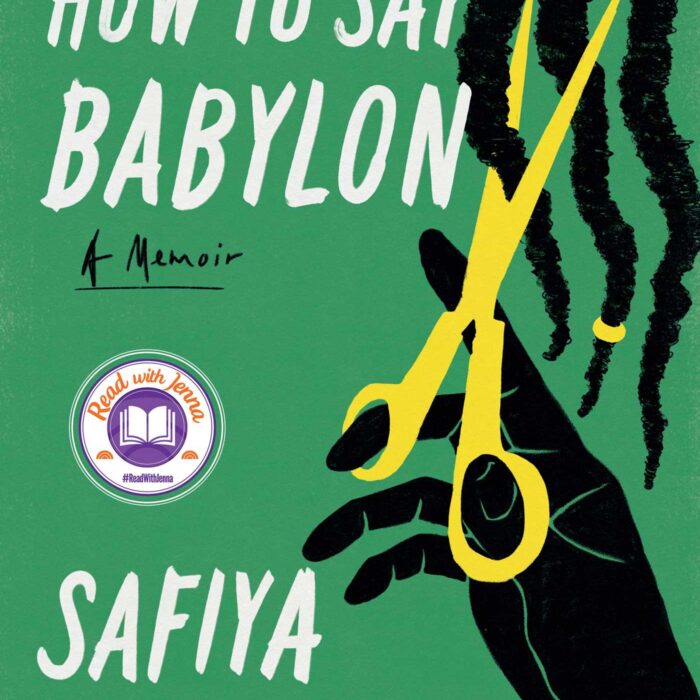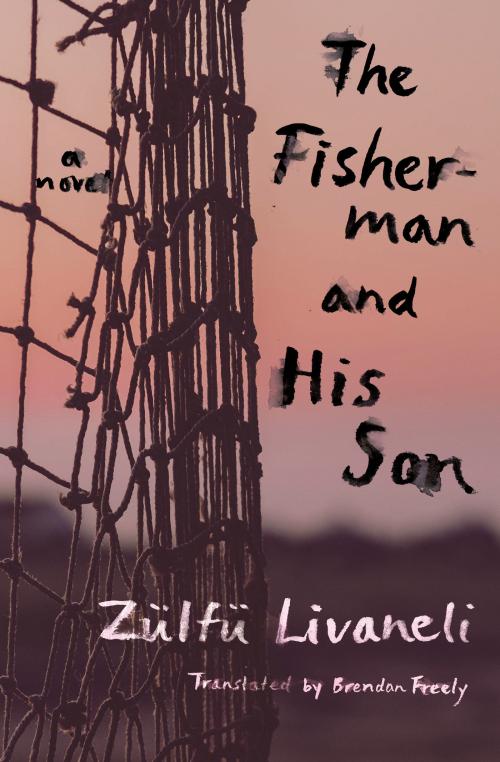You have no items in your cart. Want to get some nice things?
Go shopping You would be forgiven for thinking that Paula Byrne’s new book on Jane Austen will be a shocker. In recent years, the use of “real” in the title of a biography has been used to signify a subversion of the accepted view of the subject. Is the demure and proper Austen going to turn out to have been cruel to children or animals, sexually deviant, or financially manipulative? But if you linger over the title, you will notice that its second part does not seem compatible with a ruthless expose. So what is this book about?
You would be forgiven for thinking that Paula Byrne’s new book on Jane Austen will be a shocker. In recent years, the use of “real” in the title of a biography has been used to signify a subversion of the accepted view of the subject. Is the demure and proper Austen going to turn out to have been cruel to children or animals, sexually deviant, or financially manipulative? But if you linger over the title, you will notice that its second part does not seem compatible with a ruthless expose. So what is this book about?
Byrne does indeed set out to correct perceptions of Austen – but without any intent to harm her image. The book’s overriding tone is one of deep reverence towards its subject. Byrne believes, and convincingly argues, that Austen was worldlier, more intellectual and more professional than she was portrayed to be by her nephew James Edward Austen in his 1869 A Memoir of Jane Austen, which first cemented the popular view of the author.
Byrne eschews linear chronology in her biography. Instead, she picks out small objects from Austen’s life and work as the focus for 18 essayistic chapters. The objects – a barouche, a cocked hat, topaz crosses, a box of letters, a royalty cheque – are first considered as material objects: how they look (one of the many pleasures of the book is the variety of Sara Mulvanny’s beautiful drawings and Tom Bate’s photographs) or how they function. We go on to learn who these objects belonged to, what they meant to particular individuals; and crucially, how they uncover facets of Austen’s personality not fully recognised before.
Byrne notes, in the chapter on the barouche, that although Austen is often thought of as sedentary and provincial, she was actually very well travelled for her time. She went to visit her wider family frequently, travelling by road between different towns southern England, more often than not stopping in London to visit the theatre. There is also much travel in the novels; Northanger Abbey’s Catherine goes from the country to fashionable Bath to the Tilneys’ estate; Darcy goes to London to sort out Lydia’s love life in Pride and Prejudice; there are frequent group outings, like the Box Hill trip in Emma; and so on.
I found the chapters dealing with Austen as an apprentice (“The Vellum Notebooks”) and professional writer (“The Royalty Cheque”) among the most interesting. Austen’s juvenilia – she began writing at the age of 12 – comprises sketches, stories, histories, plays, burlesques and parodies. They were preserved by Austen writing in her best hand, in volumes intended primarily for family entertainment. She wrote at least 90,000 words as a teenager, with much of the work humorous and deeply informed by her early reading. Later in life, her image of herself as a writer was bolstered by her being paid. From selling her novels to bargaining over copyright, Byrne argues that Austen was not in it simply for the pleasure, but for the money. It is easy to forget, especially with classic authors, that literature is often of great financial concern to its producers.
The book is great for dipping in and out of. We learn about Austen’s close family – her aristocratic mother Cassandra and her Reverend father George, who ran a fee-paying school; her naval brothers Frank and Charles; her failed banker brother Henry; and beloved sister Cassandra – and her extended family in the East and West Indies. Austen is also shown as a convinced royalist, deploring developments across the pond as the French Revolution swept away old certainties. She was keen on children, but only insofar as they were well-behaved, kind or talented; little brutes were regarded more sternly.
Byrne’s view of Austen’s novels is no different from that of many others: they are a pleasure to read, both for their interesting plots and for their often ironic, clever narrators. Byrne is a happy Janeite – the term used to describe Austen lovers the world over. She goes so far as to quote approvingly some of Austen’s early reviewers, who ranked her second only to Shakespeare. That, I think, is slightly overdoing it; Austen is certainly one of England’s best writers, but Shakespeare is a very high standard indeed. His works are grander, wider-ranging and ultimately more inexhaustible. But really, Austen does not need defenders, or ranking, for her writing to continue to sell.
There is one thing that I feel Byrne does not get to grips with, and that is the irony of Austen’s work. The real Jane, I always think on reading her clever, sharp and deeply ironic writing, is much more intellectual – and aloof – from her fictional worlds than many of her readers. Pride and Prejudice is justly famous, but many readers think of it only in terms of its courtship plot – of Elizabeth and Darcy. Characters are the targets of Austen’s irony throughout, and not only Mr Collins and Lady Catherine de Bourgh. The experience of reading Austen is not comfortable; she always has an edge, making her novels rather bracing reads – and no less enjoyable for being so.
The Real Jane Austen is, nonetheless, wonderfully conceived, and deserves a wide audience.
The Real Jane Austen: A Life in Small Things is out now and available from Harper.

Andre van Loon
Andre van Loon is a freelance literary critic, specialising in new British and American novels and studies of Russian nineteenth century literature. He holds an MA in English Literature & Russian Studies from the University of Edinburgh and lives in London.





Fantastic book review by Andre van Loon for Litro – ‘The Real Jane Austen: A Life in Small Things’ by Paula Byrn – http://t.co/K611ujVFLO